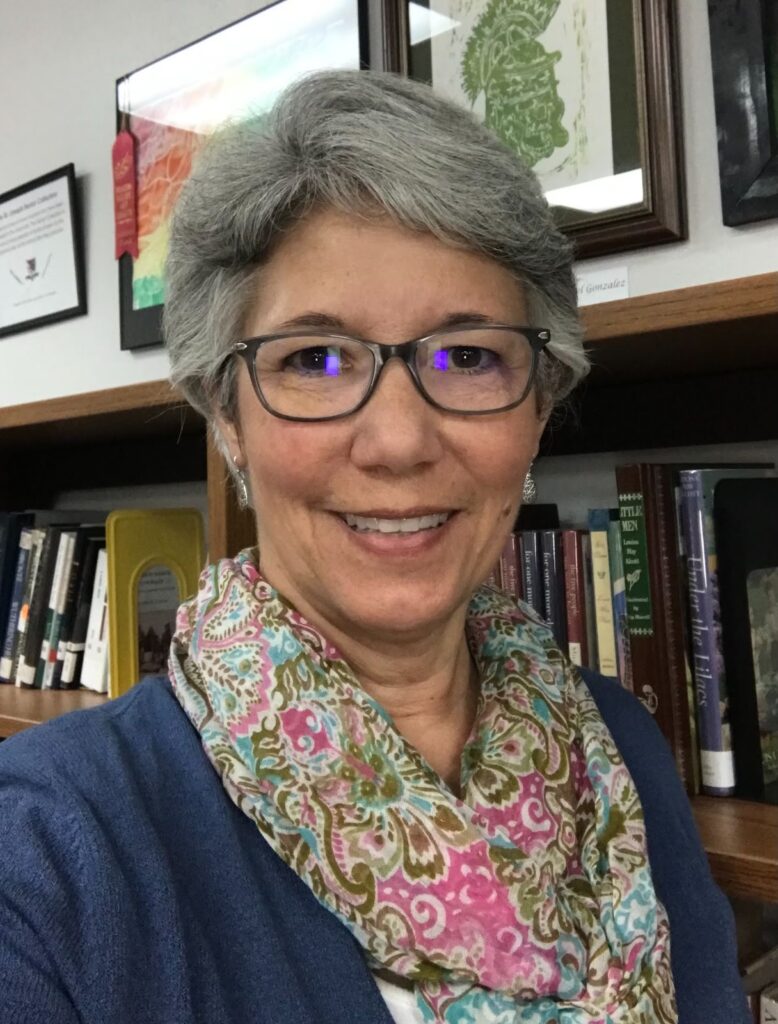
On the very last week of school we have a few fun days. We have a talent show, awards, classroom parties, but the most fun, and the one that can last all day, is READING DAY! Here is how we celebrate “Reading Day” at our school.
Plan-A full day of reading activities for elementary school students
Promotion-Posters around the school 2 weeks before Reading Day, Social media posts, school newsletter, classroom newsletters
Preparation-Decisions need to be made as to when “Reading Day” will take place. Who will oversee the activities? Will you need parent volunteers? Will your “Reading Day” be all day or half a day?
Procedures-Here are some activities that can take place during “Reading Day.”
- Public Library visit-have a children’s librarian come in for a visit or do a virtual tour of the public library with the children’s librarians.
- Share a YouTube video about why kids like to read. https://www.youtube.com/watch?v=3krHQmOsR44
- Book Character Parade-Students can dress up as their favorite book character and parade through the halls of school
- Bookmark making in the library. Provide blank bookmarks for kids to color.
- Principal reads a book to the whole school. Combine some classes and meet in the library for the principal to share his/her love of reading.
- School Wide Book Swap-students bring in books they do not want anymore to be traded in for one that someone else brought.
- Reading BINGO. Here are some ideas for a reading BINGO:
- Read outside in the shade
- Read under a table
- Read with a flashlight
- Listen to your teacher read
- Listen to a YouTube story
- Make a bookmark in the library
- Visit Public Library virtually
- Have a reading snack
- Draw a picture of one of your favorite book characters
- Read a biography
- Read a poetry book for 15 minutes
- Read with a buddy
- Read with a buddy from another class
- Read with your shoes off
- Read a nonfiction book for 15 minutes
- Hear a story from the principal
- Book Tasting in the Library
- Reading Buddies-pair a younger grade with an older. EX. Pre-K gets paired with 4th grade and they read with partners, aka, reading buddies.
- Read-A-Thon-After reading for a designated amount of time either individually or as a whole class, write the time on a sticky note. At the end of the day, add up all the times from all classes and individuals. See if you meet your goal.
- Book give aways. Give away a couple of books an hour to randomly drawn students.
- Read a poem on the hour.
- Reading Buffet-be sure to keep your readers fed with a tasty reading buffet. Individually packaged snacks and small bottles of water are perfect for a small snack to keep up reading stamina.
Payoff-Everyone is involved in “Reading Day” – parent volunteers, community members, administration, and all classrooms. Students can spend a lot of time with books so they can try new things they might not normally read. This activity is perfect for the end of the year when teachers have taught all content and students are still in school. You still want them to be learning and what better way to learn than to spend all day reading books.





